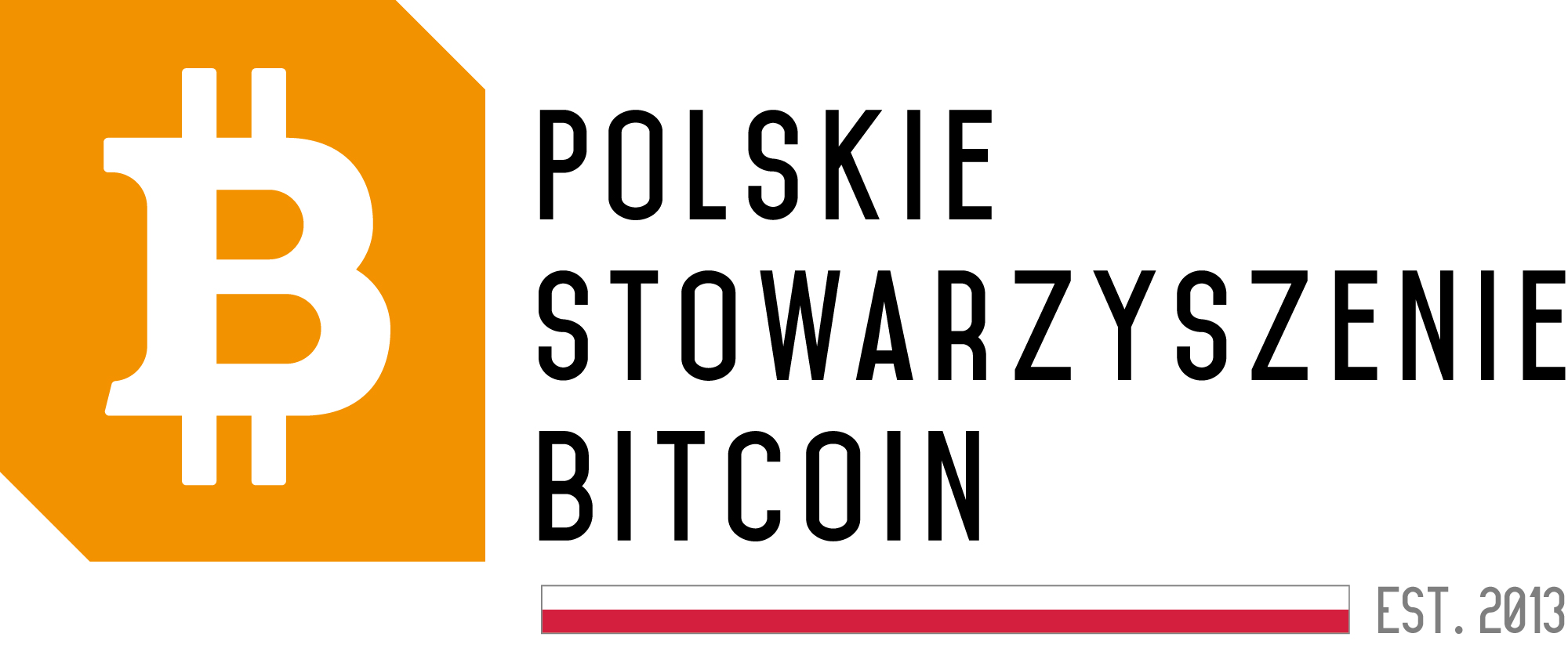The Transformation of International Payments Supported by Blockchain Technology
Companies worldwide are increasingly focusing on the potential of blockchain technology in transforming traditional international payment methods. According to Marcelo Graciettiego from Cheesecake Labs, blockchain can offer faster, more economical, and transparent solutions, supporting the development of successful technological products.
The Issue with Traditional International Payment Methods
Currently, traditional international payment methods are characterized by high costs, long processing times, and a lack of transparency. Money transfers to low- and middle-income countries, such as Mexico or the Philippines, represent a huge portion of finances, amounting to hundreds of billions of dollars annually.
The Revolution with Blockchain Technology
In response to these challenges, companies like J.P. Morgan, Circle, or Ripple, as well as solutions using the Stellar network, are seeking to harness the potential of blockchain to create international payments that are faster, cheaper, and more transparent. Key features of a successful blockchain-based payment product include security, transaction reliability, processing speed, clear fee and timing information, and ease of access for various user groups.
Obstacles and Challenges
Despite its enormous potential, blockchain technology faces several obstacles. The industry will need to overcome regulatory barriers in some countries and design solutions that are user-friendly for individuals not well-versed in technology. However, with the right approach, blockchain has the opportunity to revolutionize the financial landscape and promote greater financial inclusion worldwide.






